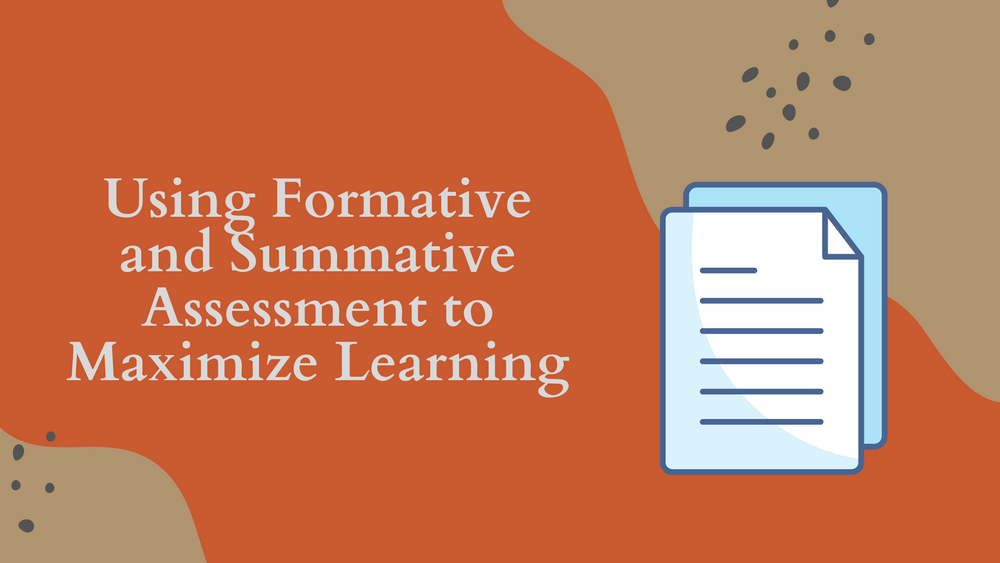As educators, it is essential to understand and be able to differentiate between formative and summative assessments. Both are vital assessment techniques to maximize learning and play a significant role in the student’s academic journey. Knowing when and how to best utilize formative and summative techniques will enable an educator to further the possibilities of student development. This article will provide a comprehensive comparison between the two assessment techniques.
II. Overview of Formative and Summative Assessment
A. Definition:
Formative assessment is an ongoing form of assessment that helps measure student progress throughout the unit. Formative assessment can be both formal and informal, including quizzes, tests, group assignments, and discussions. Summative assessment is a more formal assessment that is typically done at the end of a unit or semester and provides an overall view of the student’s success.
B. Difference between Formative and Summative Assessment:
The primary difference between formative and summative assessment is the purpose of the assessment. With formative assessment, the aim is to monitor the student’s progress, provide feedback, and strengthen the education material for future instruction. Assessments usually occur regularly and involve both the student and the teacher.
C. Differences in Analytical Process:
When it comes to the analytical process, formative and summative assessment differs substantially. The formative assessment generally strives to be qualitative, providing an in-depth look at the student’s overall comprehension.
III. Benefits of Formative and Summative Assessment:
Both formative and summative assessment methods offer several benefits. Formative assessment helps the students stay on the right track throughout the course and provides instant feedback that aids in learning. Additionally, it puts the student in a position to demonstrate what has been learned and assists in measuring progress throughout the unit.
IV. Challenges Obtaining Accurate Results:
Though both formative and summative assessments are beneficial for learning, there can be several challenges when attempting to obtain accurate results. Formative assessment is not always reliable and may present inaccurate results due to factors such as teacher bias, the difficulty of the question, or lack of student effort.
V. Conclusion:
Utilizing both formative and summative assessments can maximize learning and provides a well-rounded assessment tool for educators. Having a firm understanding of the differences between the two assessments and the various benefits and challenges associated with them is vital for ensuring that the student receives proper instruction to enhance learning.


